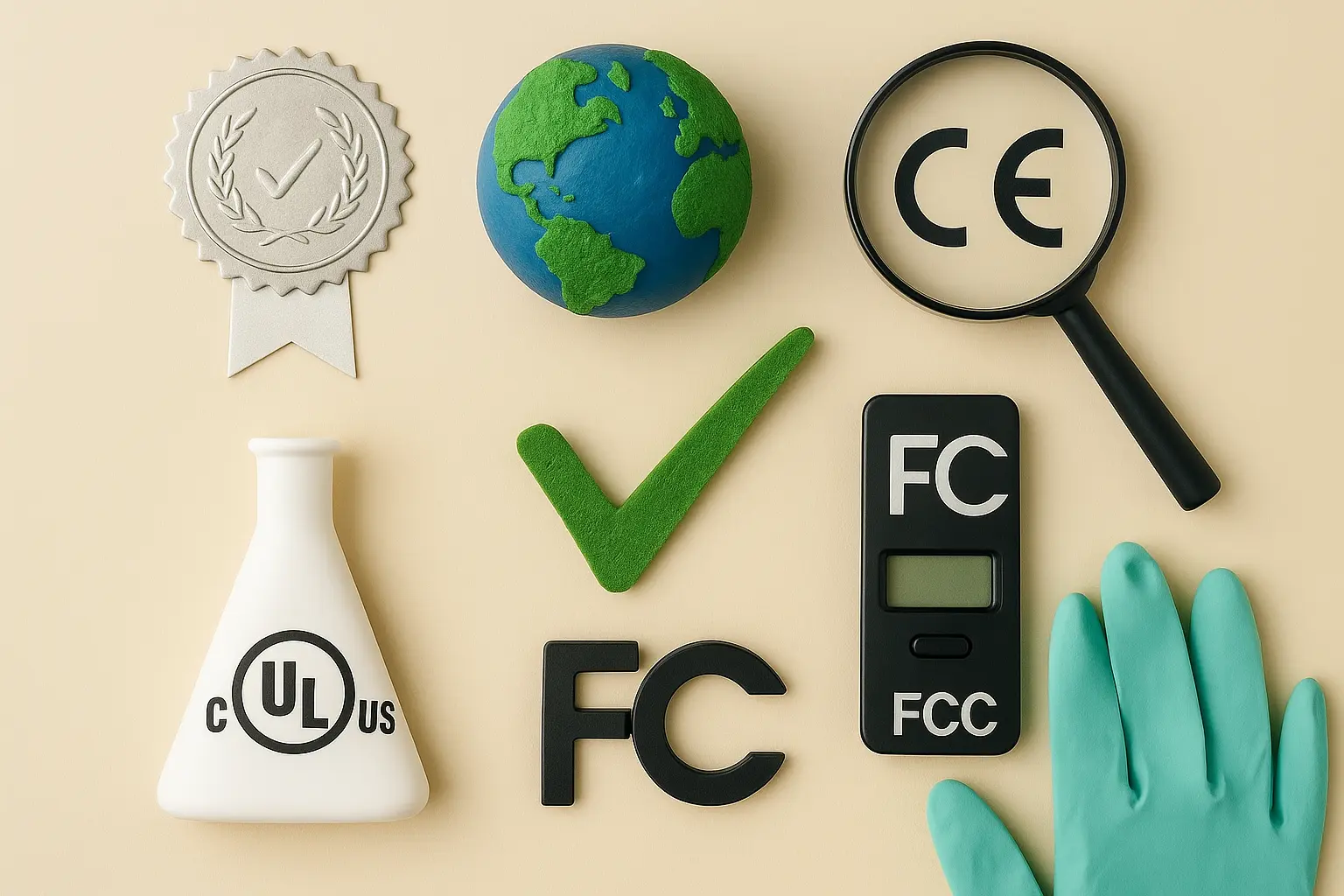Radio Equipment Directive Certification
The Radio Equipment Directive (RED) is a European Union regulation aimed at ensuring that radio equipment placed on the market complies with essential requirements related to health, safety, and environmental protection. Compliance with RED is mandatory for all products intended for use within the EU. This certification ensures that manufacturers meet these rigorous standards, thereby protecting users from harmful emissions while promoting innovation in technology.
The directive covers a wide range of radio equipment including devices such as smartphones, Wi-Fi routers, Bluetooth headsets, and other similar technologies. Each product must undergo specific tests to demonstrate compliance with the relevant directives, which are enforced by national authorities across EU member states. Failure to comply can result in fines or withdrawal from the market.
For manufacturers, obtaining RED certification is a critical step in ensuring their products can be sold legally within the European Union. It not only protects consumers but also promotes fair competition among businesses operating under similar regulatory frameworks. To achieve this certification, companies must follow strict guidelines laid out by relevant standards organizations such as CENELEC and ETSI.
Understanding the requirements of RED is essential for any organization involved in manufacturing or importing radio equipment into Europe. By adhering to these regulations early on in the product development process, businesses can avoid costly delays later down the line when trying to bring compliant products to market. Additionally, obtaining this certification demonstrates a commitment to safety and quality that can enhance brand reputation and customer trust.
In summary, Radio Equipment Directive Certification is more than just compliance; it represents an investment in protecting both users and producers. By following the prescribed procedures diligently during the design phase of new products or modifications to existing models, companies can ensure they meet all necessary criteria before entering into full production.
Why It Matters
The importance of Radio Equipment Directive Certification cannot be overstated for several reasons. Firstly, it ensures that radio equipment sold within the European Union meets stringent safety and performance standards. This helps prevent potentially harmful electromagnetic interference (EMI) from disrupting other devices or causing harm to users. Secondly, compliance with RED fosters a level playing field by requiring all manufacturers to adhere to identical criteria regardless of their location.
From an operational perspective, meeting these requirements can significantly reduce risks associated with non-compliance penalties such as fines and product recalls. Moreover, having this certification provides peace of mind knowing that your products are safe for consumers and environmentally friendly. Finally, it enhances brand reputation by demonstrating a commitment to high standards of quality and safety.
Ultimately, Radio Equipment Directive Certification is not merely about meeting regulatory demands; it's also an opportunity to differentiate yourself in the marketplace through superior product offerings backed by rigorous testing protocols.
Why Choose This Test
- Mandated by EU law for all radio equipment intended for sale within the European Union.
- Ensures compliance with stringent safety and performance standards.
- Fosters a level playing field among manufacturers.
- Reduces risks associated with non-compliance penalties.
- Enhances brand reputation through superior product offerings supported by rigorous testing protocols.
Quality and Reliability Assurance
In order to obtain Radio Equipment Directive Certification, manufacturers must undergo a series of tests designed to evaluate various aspects of their products. These tests are conducted in accordance with internationally recognized standards such as EN 301 893 for digital devices and EN 50476-1 for wireless communication systems.
The testing process typically involves several stages, starting with electromagnetic compatibility (EMC) checks to ensure that the equipment does not interfere with other nearby devices. Next comes functional performance tests which assess how well each component performs under normal operating conditions. Finally, there are environmental stress tests aimed at simulating real-world scenarios such as temperature changes or humidity exposure.
Once all these tests have been successfully passed, certification is granted by an accredited body recognized by the European Commission. This ensures that both consumers and regulatory bodies can trust the results of the testing process.
Achieving Radio Equipment Directive Certification demonstrates a company’s dedication to producing reliable products capable of functioning correctly even in challenging environments. By adhering strictly to these rigorous standards, manufacturers not only protect themselves from potential legal issues but also provide users with peace of mind knowing that their devices are safe and effective.





